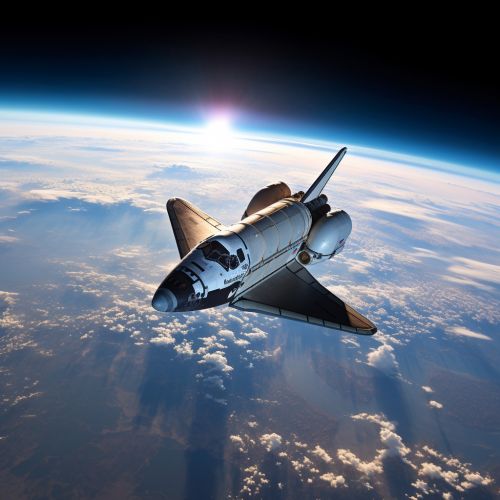Space Shuttle program
Overview
The Space Shuttle program was a human spaceflight program operated by the NASA from 1981 to 2011. The program was the fourth human spaceflight initiative by NASA, following the Mercury, Gemini, and Apollo programs. The Space Shuttle program was designed to provide routine access to low Earth orbit (LEO) with a spacecraft that was partially reusable.


Design and Development
The Space Shuttle was a unique spacecraft. It was designed to be launched vertically, like a conventional rocket, and to land horizontally, like an airplane. The Space Shuttle was the first operational orbital spacecraft designed for reuse. Each Space Shuttle orbiter was designed to fly about 100 missions. The orbiter could carry payloads up to 24,400 kilograms (53,600 lb) to low Earth orbit, and payloads up to 14,400 kilograms (31,700 lb) to a higher-energy orbit.
Missions
The Space Shuttle program carried out a total of 135 missions, with the first, STS-1, launched on April 12, 1981, and the final, STS-135, launched on July 8, 2011. The missions ranged from satellite deployments, space station resupply missions, and servicing the Hubble Space Telescope, to scientific research and classified Department of Defense missions.
Legacy
The Space Shuttle program has left a significant legacy, primarily in its scientific and technological achievements. Despite the tragic loss of two orbiters and 14 astronauts, the program achieved remarkable feats of engineering, science, and international cooperation.
